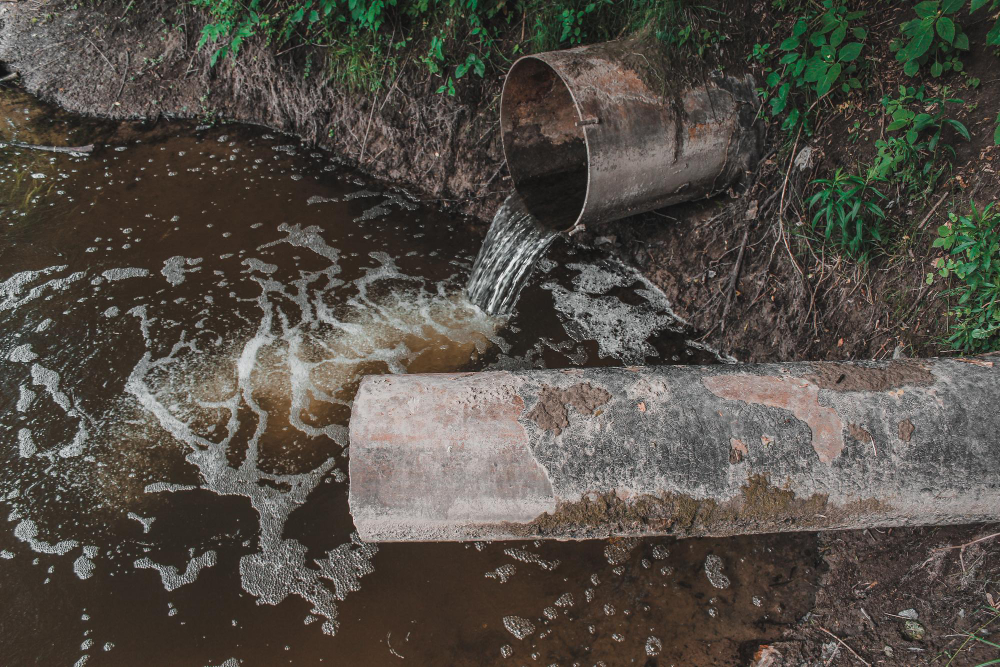In the world of construction, effectively managing groundwater and surface water is a pivotal challenge. The process of dewatering, involving the removal of surface and subsurface water, becomes indispensable for a secure and efficient construction environment. Dewatering ensures stability, enhances soil conditions, and guarantees the safety of construction personnel. It is vital to learn the significance of dewatering, the risks associated with neglecting it, and four common dewatering methods, with a specific focus on the utilization of dewatering pipes.
Why Dewatering Is Essential
Dewatering isn’t merely a construction nicety; it’s a fundamental practice vital for the success and security of building projects. Without proper water removal, soil conditions can fluctuate, endangering the structural integrity of the building. Surface flooding becomes a risk, and neglecting water discharge locations may lead to erosion and related issues. Dampness in the construction area can create unhealthy conditions, attracting unwanted guests like termites. Additionally, flooding may extend its reach to damage adjacent properties. Therefore, professional site preparation is essential to proficiently remove groundwater and direct surface water away, mitigating potential hazards during both the construction phase and the building’s lifespan.

Factors To Consider Before Selecting A Dewatering Technique
Selecting the right dewatering technique requires careful consideration of various factors. Geotechnical and groundwater site investigations, along with risk assessments, provide crucial information. Consulting local authorities for additional insights is advisable. Specialists in engineering services may be necessary to ensure soil stabilization and effective groundwater control. Understanding the specific soil and groundwater conditions at the construction site is imperative for making an informed choice regarding the dewatering method, especially when integrating dewatering pipes into the overall strategy.
Dewatering Approaches And Techniques
In the world of construction, mastering the art of dewatering is akin to wielding a powerful tool for ensuring stable, dry, and safe project sites. As we delve into the diverse landscape of dewatering approaches and techniques, we unravel a toolkit designed to combat the challenges posed by groundwater and surface water.
Dewatering Through Open Sump Pumping
Open sump pumping stands out as a reliable, cost-effective, and straightforward dewatering method, complemented by the strategic use of dewatering pipes. Suitable for various scenarios, this method involves constructing drains and sumps at the foundation pit’s sides or corners, collecting groundwater, and pumping it away for disposal. While effective for well-graded coarse soils and hard-fissured rock, caution is warranted in conditions where groundwater flows rapidly or in fine-grained soils, which may pose stability risks.
Utilizing A Well Point System For Dewatering
The well point system offers easy installation and cost-effectiveness, integrating dewatering pipes seamlessly. Small-diameter wells connected by a header pipe to a centrally located suction pump characterize this method. Groundwater is abstracted via well points from a vacuum generated by the pump. Ideal for deep basements and effective in sands and sandy gravels, this method provides flexibility in various soil and hydrologic conditions. It involves drilling wells around the construction area and strategically placing pumps into these wells.
Dewatering Via The Construction Of Deep Wells And Dewatering Pipes
For deep excavations requiring substantial groundwater removal, constructing deep wells becomes a viable option, involving the strategic use of dewatering pipes. This method is applicable in soils or rocks with moderate to high permeability. Deep well dewatering systems can drain water up to 24 meters in depth. The capacity, number, depth, and spacing of deep wells depend on site-specific conditions, offering a solution for scenarios where well points and open sump pumping may not be suitable.
Implementing The Eductor System For Dewatering
The eductor system, designed for low permeability soils like silty sands, silts, or clays, serves a dual purpose with the incorporation of dewatering pipes. It not only aids in dewatering but also helps stabilize side slopes and soil in excavation areas. Unlike traditional well point systems, the eductor system uses high-pressure water in riser units. Water flows through the nozzle, generating a vacuum that draws in groundwater. This method is particularly effective in challenging soil conditions, offering a solution where other methods may prove less efficient.
Elevating Construction With Quality
Upgrade your construction game with Bigfoot Pipe & Piling’s premium dewatering pipes. Explore our durable solutions featured in the comprehensive guide on dewatering methods. Elevate site stability and safety effortlessly. Unleash the power of quality construction materials. Discover the perfect fit for your project with Bigfoot Pipe & Piling – where excellence meets innovation in every pipe.
